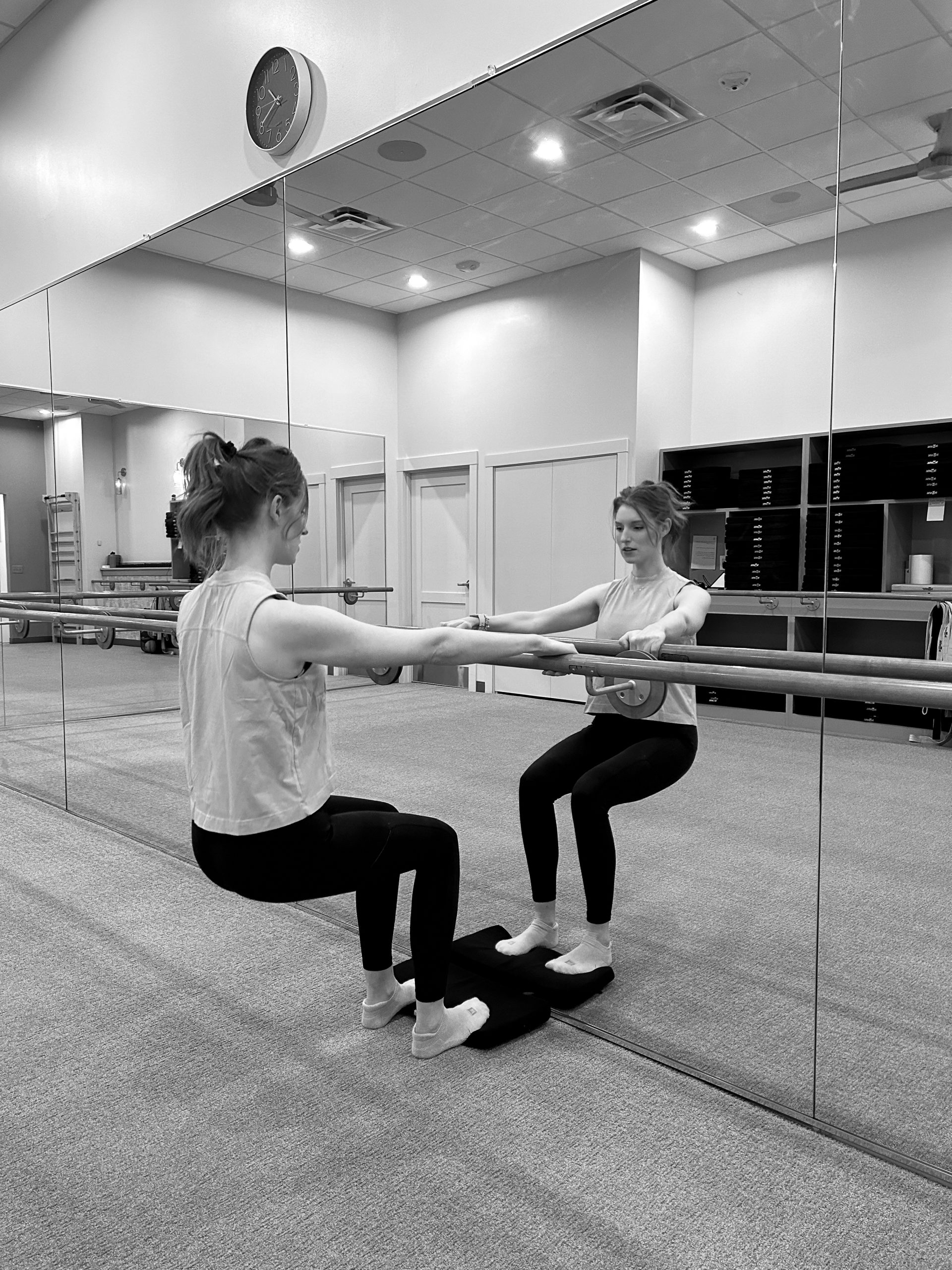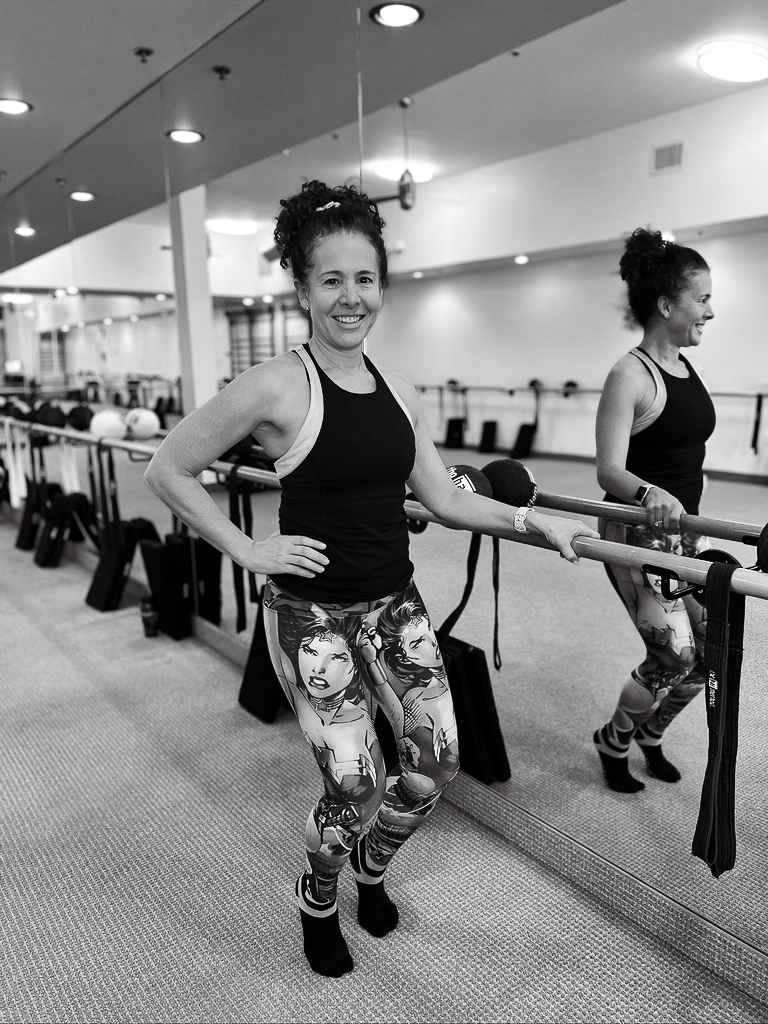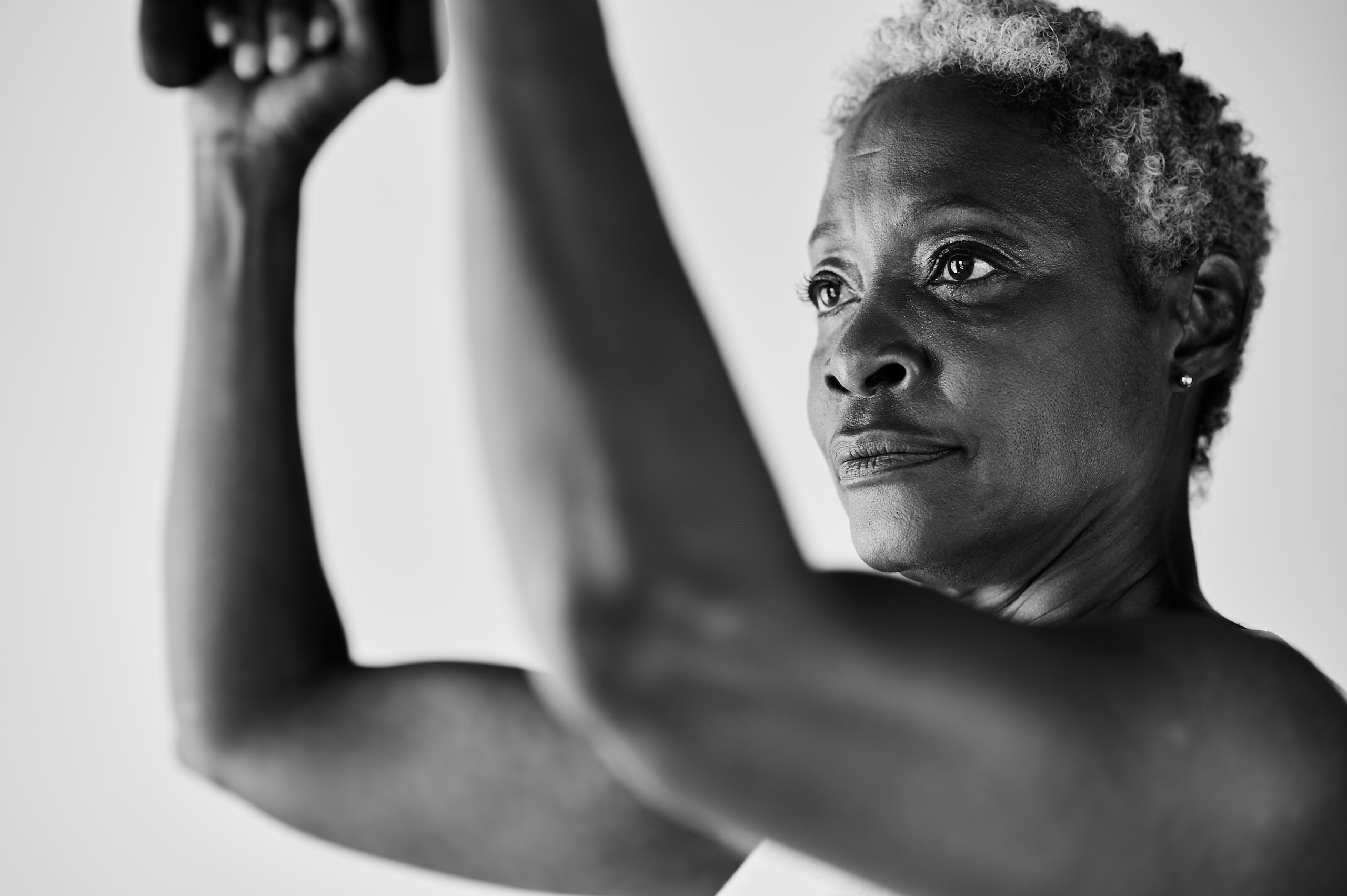Exclusive Offer 50% Off One Month Of Unlimited Classes
Top 4 Reasons Clients From All Ages Go to The Bar Method
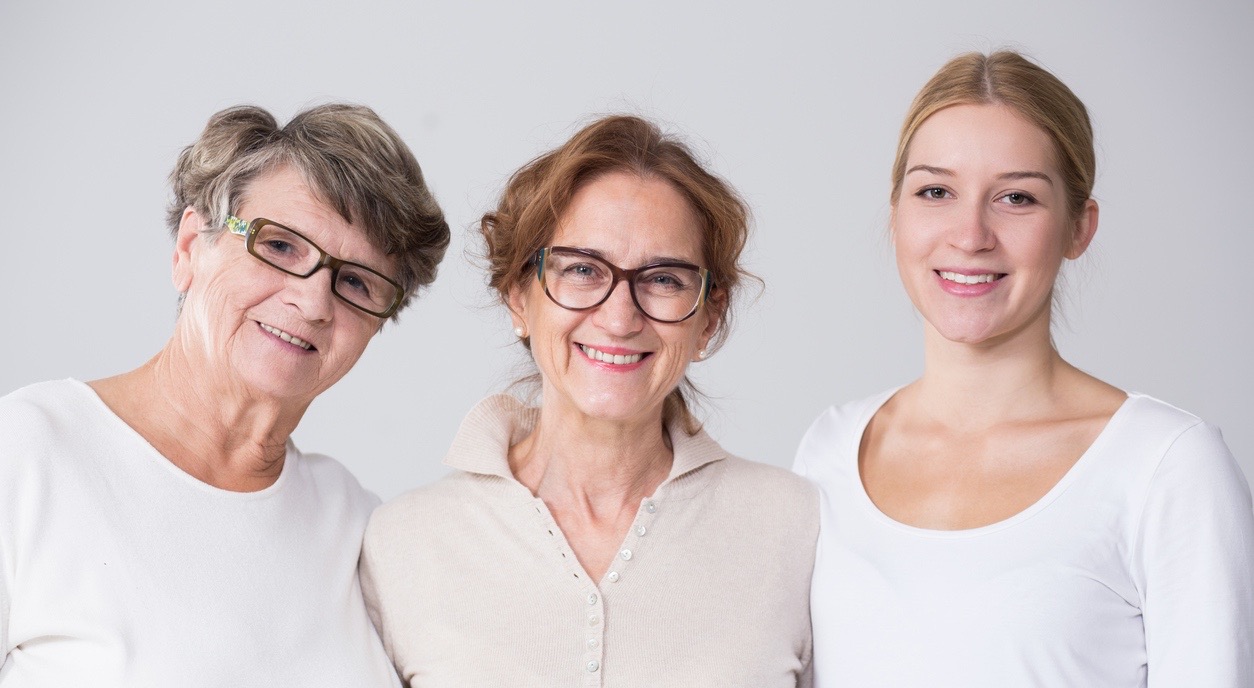
What makes a barre class great is the choreography, the music, and the way your body begins to tremble as soon as the instructor hints at thigh work. Those are some of the key contributing factors to what we focus on at The Bar Method.
However, what makes The Bar Method truly unique is the community of women across all generations, lined up along the barre next to one another. Multiple generations embracing the burn, supporting each other, facing mental and physical challenges they didn’t realize existed. Some would say it’s the teacher that inspires the class, but we truly feel it’s the presence and power of the students working together that is the most inspiring!
So, what is it about The Bar Method that pulls these multi-generational women together in this way?
We interviewed 7 different clients at The Bar Method Solana Beach, each representing a different generation from a teen to a woman gracefully embracing her 70s. We were surprised to find out that we are more alike than different. Although some students walk into The Bar Method with specific expectations and others with none at all, they all keep coming back for these same reasons.
Top 4 Reasons Clients Go to The Bar Method
1. The Challenge
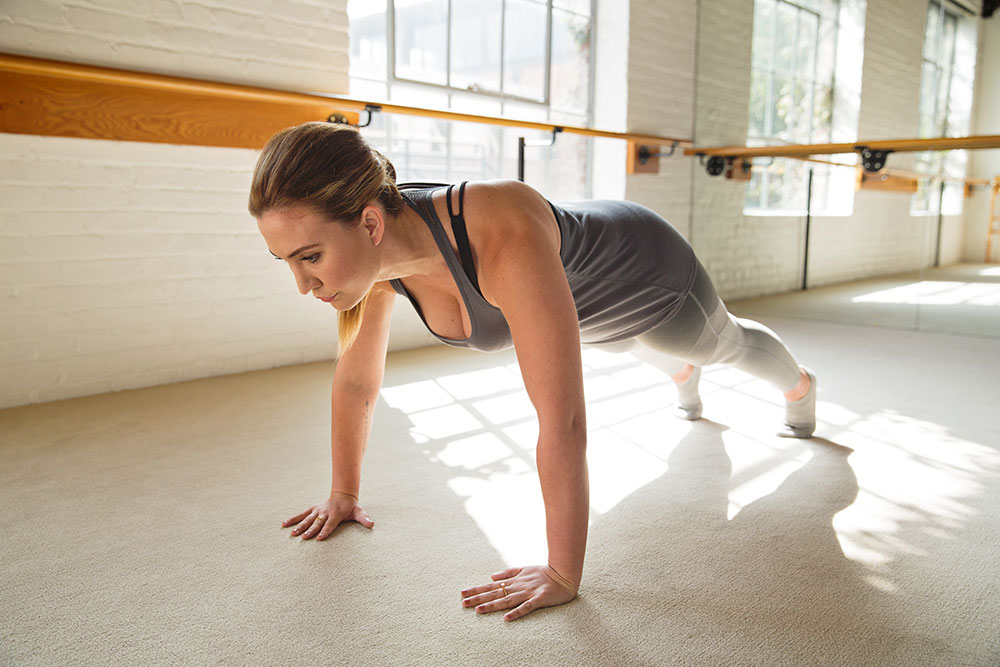 Kelsey is 27
Kelsey is 27
and has been taking The Bar Method for 3 years. She was most surprised that The Bar Method is truly a path to mastery that continues to challenge her mentally and physically in every class. Being young, she thought “how hard can it be?” She quickly realized not only is it challenging, it’s the challenge that she craves!
Alice, in her early 70’s, has the same respect for the challenge. She’s been taking class since the studio opened 6 years ago and said she keeps coming back out of “curiosity to see how much longer she can get away with it at her age.” We love that answer so much because it proves our point that no matter your age.
“If it doesn’t challenge you it doesn’t change you.”
2. The Community
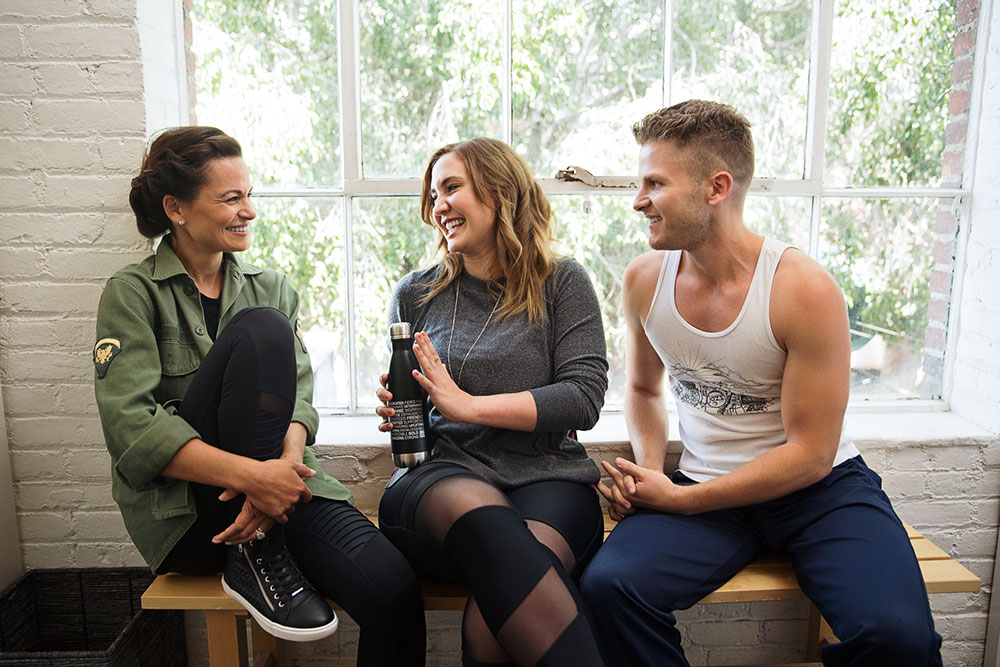 Shilpi is in her 30’s
Shilpi is in her 30’s
and just had her first baby! She’s been taking The Bar Method since before she was married, over 5 years ago, and has stayed loyal loyal after all of these years.
“Endless love and support through the various life events in my life – from my wedding through pregnancy to now motherhood. I am proud to be a part of a community of such amazing women of all ages who inspire me in and out of the studio.”
The community of strong women at The Bar Method sealed the deal for Heather, 56, as well.
“The Bar Method has had a huge impact on my emotional well-being and how I take care of myself. I take class at 6am three times per week, and am always greeted by wonderful, supportive, friendly women who all want to look and feel great. It’s an incredibly positive environment that really sets the tone for my day and keeps me on track with my health goals. It sounds cliche to say that The Bar Method has changed my life, but it really has! No matter what is going on in my life, I always feel so much better after I finish a class and it really makes me feel more grateful in general.”
3. The Results
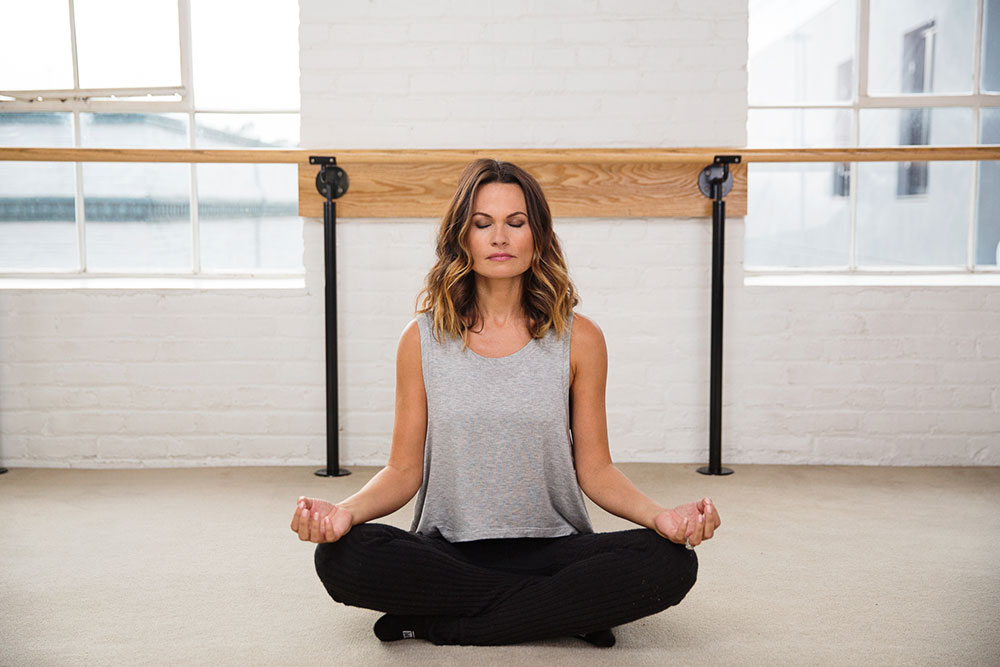 Both Sabrina and Norma, 19 and 45
Both Sabrina and Norma, 19 and 45
respectively, raved about the results of The Bar Method! Four years ago Sabrina developed an anxiety disorder and gives credit to The Bar Method for helping relieve her stress, clear her mind, and find a sense of peace.
“I think the biggest physical impact I have seen since starting Bar Method is how it literally captured my heart; I have become addicted to this workout. If I don’t go into the studio to take class, it affects my entire day.”
Norma has been taking class regularly for 4 years and remembers admiring the regulars take the option for “L-shape” in round back, thinking that would never be possible for her. She started the workout to improve her flexibility because she had never focused on that quality of her fitness before. Not only did she gain flexibility and can perform the L-shape beautifully, she has a gorgeous body with lean, sculpted muscles. She loves that The Bar Method keeps her healthy as she ages gracefully.
4. The Instructors
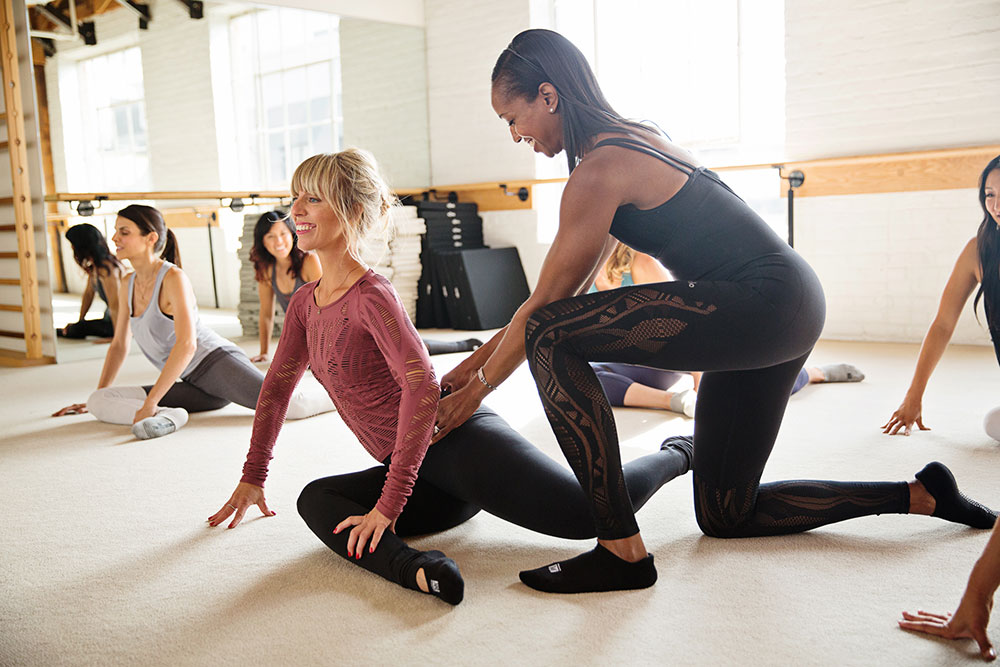 Jackie
Jackie
is a retired professor who just turned 60 last year. She started class 3 years ago and has made it her weekly ritual ever since.
“One of my mantras was to explore wellness and spiritual practices that resonated with me, brought daily joy and helped me to age gracefully as my body evolves. When I found The Bar Method, I knew I found what I was looking for. The number, age, and fitness level of people taking class doesn’t matter. The teachers always have high expectations and provide individualized, immediate and specific instruction with constant encouragement for you to stretch your limits to accomplish your goals. It’s like having a personal trainer every time you take class, for me it’s a perfect fit.”
As Jackie says “The Bar Method attracts a multi-generation community where people make positive connections and are focused on actively working to improve their wellness and quality of life.”
We agree and are inspired by clients of ALL ages each and every day!
If the thought of helping people change their lives from the outside in resonates with you and the thought of creating a community where people feel welcomed and encouraged inspires you, then you might be just who we are looking for. Email us at franchising@barmethodhq.com or fill out our online inquiry form to find out just what it takes to be a Bar Method studio owner!

